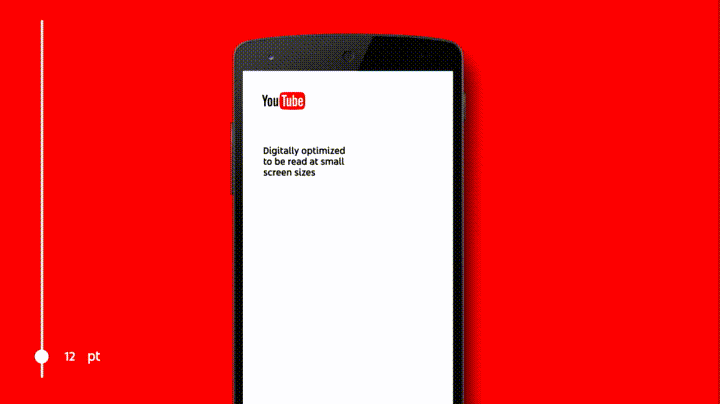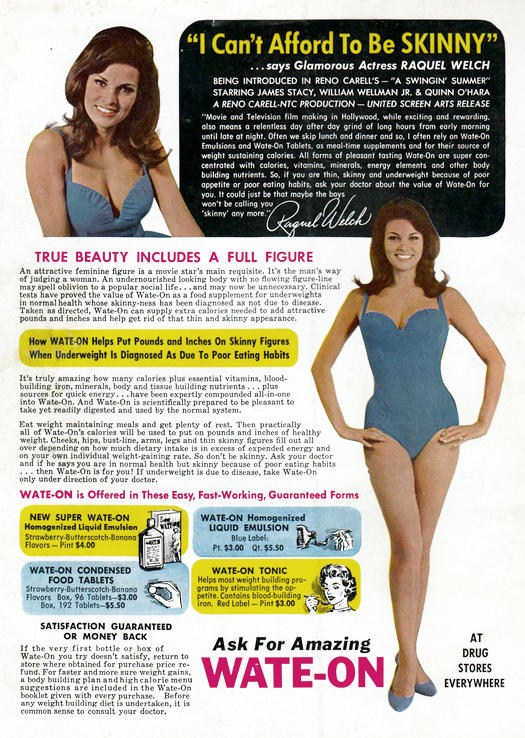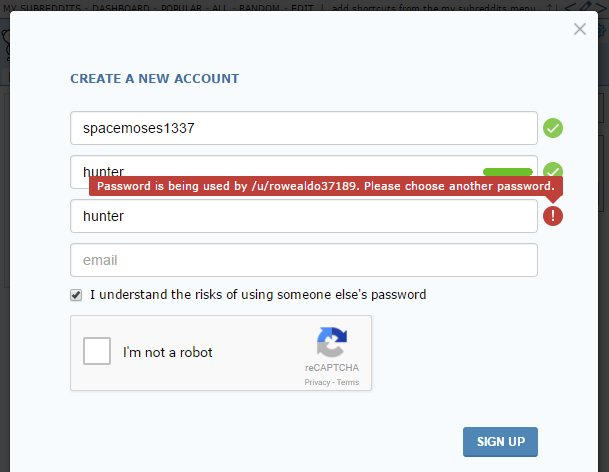This is mesmerizing.
Google’s AMP is bad – bad in a potentially web-destroying way. Google AMP is bad news for how the web is built, it’s bad news for publishers of credible online content, and it’s bad news for consumers of that content. Google AMP is only good for one party: Google. Google, and possibly, purveyors of fake news.
You have a credit score if you want to get a mortgage—soon you’ll have a social-credit score that people can check to see if you fit the bill for their service/community/etc. Potential landlords, employers, car-share companies and dates will scan your social-credit score to see if you fit the bill. We’re facing a world in which you’ll be a social outcast if you don’t regularly grant access to your Facebook profile. Facebook is becoming our de facto social-credit system.
All the right feels.
The YouTube Sans typeface contains the YouTube play button icon as a built-in glyph. So clever.
[Via Kottke]
So, to create this 1-liner output…
Facebook’s open source Javascript optimizer, Prepack, needs more than 900 lines of code.
A history lesson on FFFFOUND! and its peers.
Later on, Dan would learn there was a time when anyone could go to the library and read journal articles, and even books, without having to pay. There were independent scholars who read thousands of pages without government library grants. But in the 1990s, both commercial and nonprofit journal publishers had begun charging fees for access. By 2047, libraries offering free public access to scholarly literature were a dim memory.
After watching this, I felt a strong impulse to switch off all the lights and watch Koyaanisqatsi again.
There are some seriously dumb people on the interwebs who should not be allowed anywhere near your bank account details or personal information.






